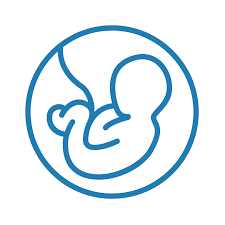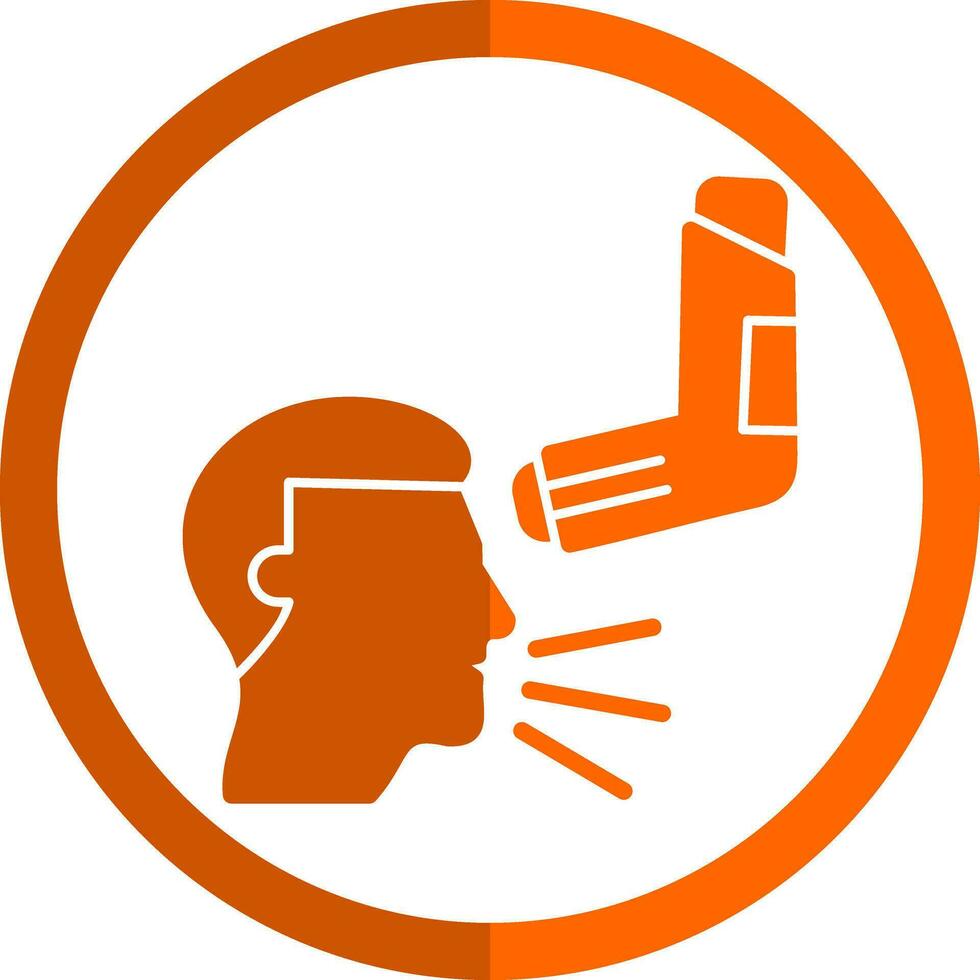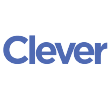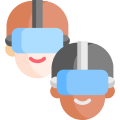- Participants learn to accurately measure and interpret vital signs such as blood pressure, heart rate, respiratory rate, and temperature. They understand the significance of vital signs in assessing cardiovascular health and detecting abnormalities.
- The simulation provides opportunities to practice cardiac auscultation techniques using virtual patients. Participants learn to identify normal and abnormal heart sounds, murmurs, and other cardiac auscultation findings indicative of cardiovascular disorders.
- Participants learn to assess peripheral vascular status by examining pulses, skin color, temperature, and capillary refill. They gain skills in detecting signs of peripheral arterial disease, venous insufficiency, and other vascular disorders.
- The simulation emphasizes the importance of assessing cardiovascular risk factors such as hypertension, hyperlipidemia, diabetes, obesity, smoking, and family history. Participants learn to identify modifiable risk factors and develop strategies for risk reduction and prevention.
- Participants gain insights into interpreting results of diagnostic tests commonly used in cardiovascular assessment, such as electrocardiography (ECG), echocardiography, stress testing, and cardiac biomarkers. They learn to recognize patterns suggestive of various cardiovascular conditions.
imaginX is used by many amazing schools and universities
University / College

























